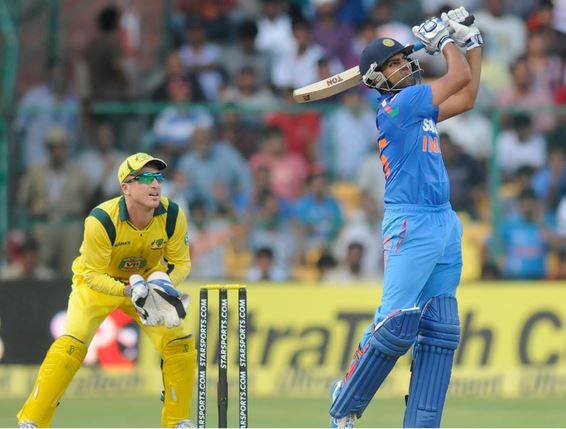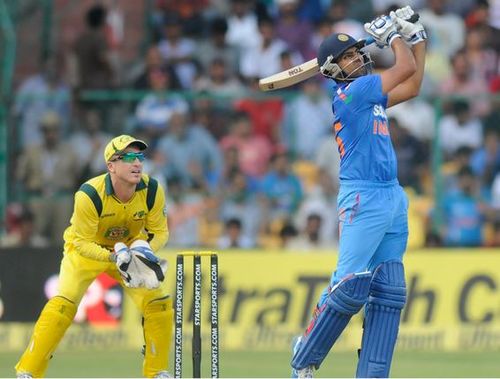
Deconstructing sixers in cricket: The evolution of big hitting over the years

Has hitting Sixes become easier now?
Not so long ago, sixes were a rarity on the cricketing field. There were very few batsmen who could send the ball soaring beyond the boundary ropes and even fewer ones who could loft it into the spectator stands. Watching the spectacle of sixers come along once in a while thus accounted for a huge thrill, enlivening the match proceedings substantially.
The rarity was also the reason that certain match-winning moments that came by way of batsmen managing to get the maximum runs off a ball were enshrined even more memorable in the minds of the fans. To get a six right even in the easiest of circumstances was difficult, but to get it right under desperate circumstances, it was an act of sheer audacity tempered with a certain master-class. For it was a known fact that the captains always kept their best bowlers for the last, expecting them to wreck the most havoc, no matter how the game was swinging.
And when the batsman at the crease lifted the ball high, it was high likely that it would fall into the hands of the fielder and not cross the ropes. The adage of ‘catches win matches’ were never more truer as they were in those few moments when heart raced – or stopped – depending on who was the favourite team.
In the past few years however, quite a lot has changed as far as sixers are concerned. The setting of targets and the resultant run-chases have gone on to take a different meaning with sixes dominating the style of play and proceedings in any given match. These days when a batsman lifts the ball high, one only expect it to go into the stands and not fall short at all. The distances of sixes are measured; acknowledgements are given to batsmen keeping track of who hit the maximum distance and a record of total number of sixers hit in a tournament, religiously counted. It is a different phenomenon to what many cricketing audiences grew up with and though exciting, doesn’t quite give the same feel of the bygone cricketing days.
The attribution of the newer trend of sixers being scored like singles and twos is being given to the T20 format of the game and even to the sport’s heavily changed rules. It may even be true to a certain extent. But neither T20 cricket nor alterations to cricketing rules can account for the mass plundering of bowlers by the batsmen across all cricketing formats. For, certain cricketers of the more recent times had started the trend of pinch-hitting in test and ODI cricket long before T20 and IPL could make their presence felt in the international cricketing circles and rules were made so accommodating.
Call it an evolutionary cycle then, both in tests as well as ODIs. The change in demand from when the former was more about teams wanting to manage and maintain their stability over the course of five days, and draws were counted as impressive as wins. And in case of the latter, teams’ desire to state a case for themselves as the ones to come up with totals that could potentially make their win, a fait accompli.
But somewhere in these evolutionary changes, cricket seems to have lost some of its charm. In the past, where there was every chance that the match could go down to the wire, that possibility seems to have diminished somehow thanks to the ease with which batsmen notch up sixes. The running between the wickets, the rotation of the strike, the somewhat slowing down of proceedings in the middle-overs all have taken a new meaning thanks to the whimsical manner in which batsmen seem to be hitting sixers. The run-chase today seems different, matches almost don’t go down to the wire and if they do, it all comes down to which team can outperform the other in scoring sixes and which player can come up with more sixers in the smallest time window that he spends on crease.
As it may be presently, past memories associated with sixers are however worth cherishing for always. Of Salim Durani reciprocating and obliging to the crowd’s chants of sixers; of Javed Miandad hitting a last-ball miracle off Chetan Sharma in the Australasia final in 1986; of Virender Sehwag and Sachin Tendulkar taking apart the Pakistan bowling attack during the 2003 World Cup; of Matthew Hayden standing even more tall on the crease after lofting a ball miles high into the stands and of Inzamam ul-Haq preferring to take the aerial route rather than sluggishly trudging up and down the field for a couple of runs. Memories that seem even more impactful now untarnished, by the passage of time and years of the actual moment of these shot-makings.